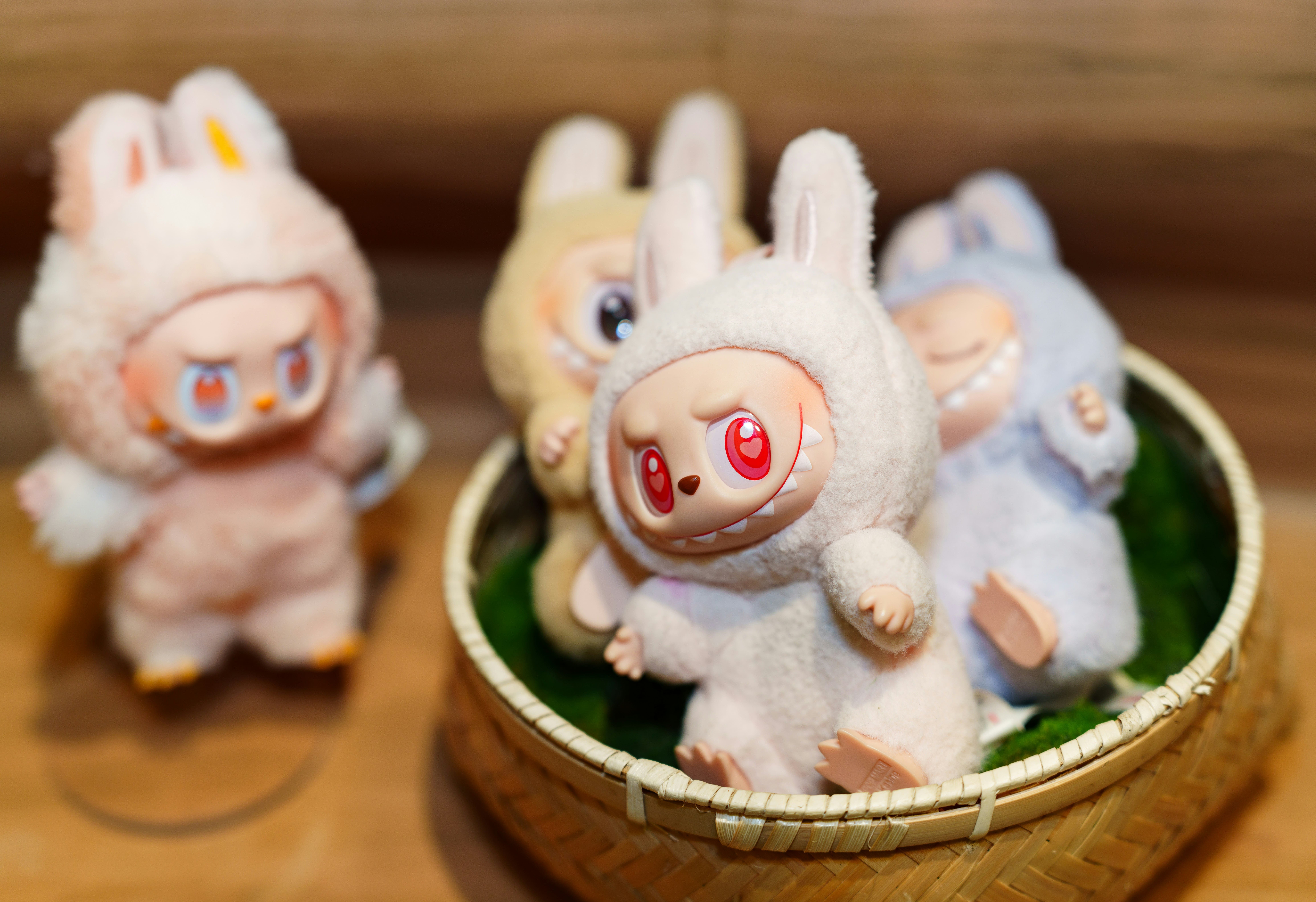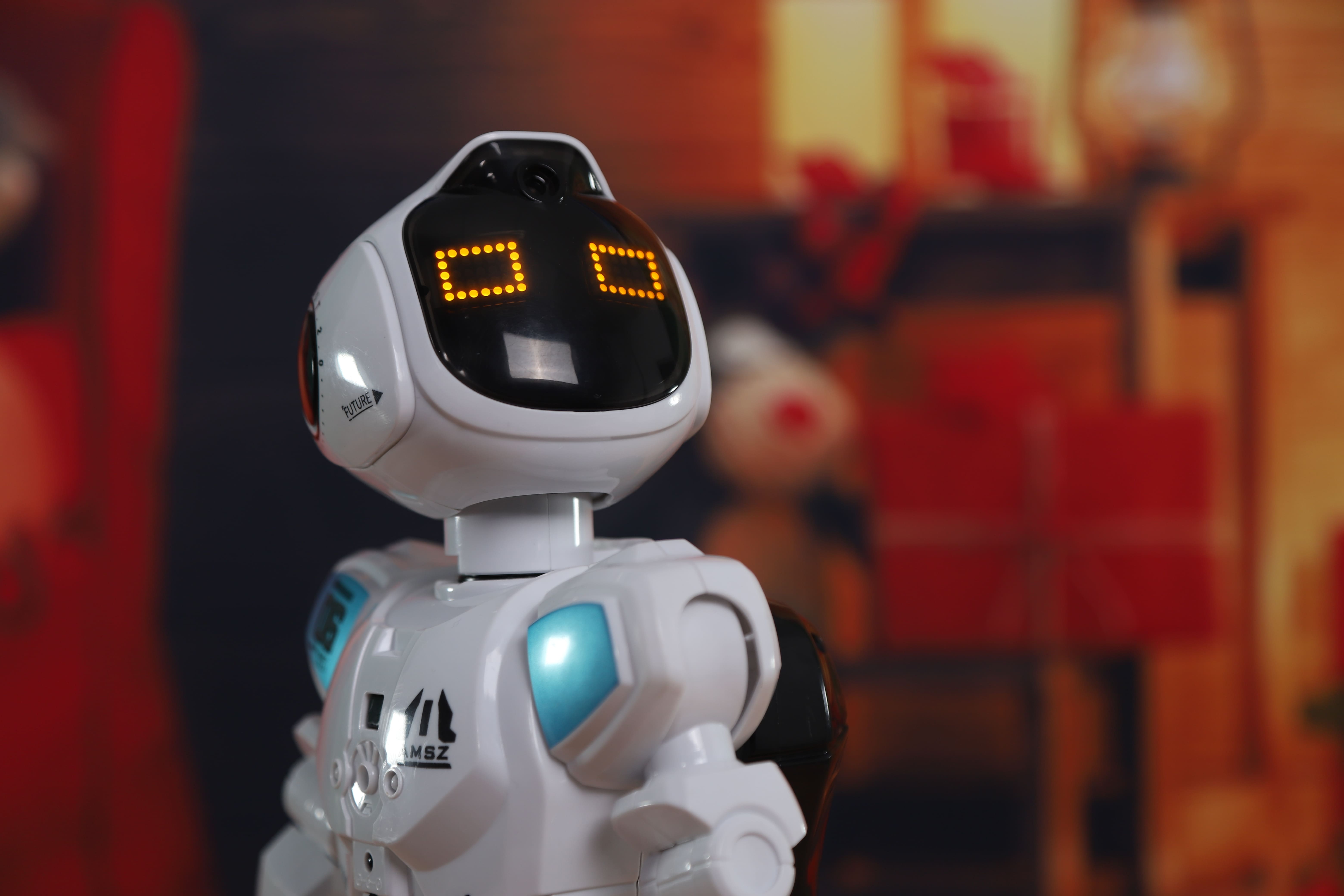When Kids Grow Up But Keep Playing: What the Aging Customer Base Means for the Toy Industry
2025-07-08 13:31:49
In recent years, a surprising yet powerful trend has emerged in the global toy market—customers are aging up. Where once toys primarily targeted children 10 years of age or younger, a growing segment of consumers now includes teenagers, young adults, and even those well into their 30s and 40s. A major retailer recently revealed that over 40% of their sales now come from customers aged 13 and above. This is a significant shift from just a decade ago when toy interest typically tapered off around age 8-10.
The implications of this evolution are profound. For wholesalers, retailers, educational institutions, entertainment brands, and product developers alike, the changing age profile of toy buyers demands a recalibration of product strategy, marketing, and customer engagement. Here's why it matters—and how you can capitalize on it.
Why Are Older Consumers Buying Toys?
1. Nostalgia is Powerful
The rise of "kidult" culture—adults purchasing toys for themselves—is largely driven by nostalgia. Millennials and Gen Z who grew up with action figures, building sets, RC toys, and collectibles now have the disposable income to revisit the joys of their childhood. In a fast-moving, stress-heavy world, toys offer comfort, creativity, and familiarity.
2. Collectibles as a Lifestyle
High-quality, stylized toys such as limited-edition figurines, display sets, and licensed collectibles are now marketed more like lifestyle products than traditional toys. These appeal to older age groups. One rising example is Labubu, a cult-favorite collectible gaining traction among teens and adults alike.
3. Toys as Creative Tools
Toys are no longer just playthings—they're educational tools, display items, décor, and even mental health aids. Art-based kits, building blocks, STEM toys, and interactive gadgets now attract teens and adults who seek creativity, mindfulness, or learning.
4. Family and Intergenerational Play
Parents and grandparents increasingly want to participate in play. Toys designed for co-play—such as board games, puzzles, RC models, and DIY kits—are perfect for cross-generational bonding. Adults aren't just buying for kids—they're buying for shared experiences.

How the Industry Is Responding
Evolving Product Lines
Many toymakers are releasing product variations specifically for older age groups. For example, there are building blocks with more complex engineering, model kits that require precision and patience, or plush toys that double as wellness companions. Even traditional toys like dolls and vehicles are now available in versions tailored to mature collectors.
Advanced Features
Older customers expect more from their toys. This has led to products with better functionality—think motion sensors, app integrations, LED lights, music features, remote controls, and more. Toy tech is now just as sophisticated as consumer electronics.
Mature Branding and Design
Packaging and marketing materials have evolved. Bright colors and cartoonish fonts might still appeal to young children, but sleek, minimalist designs now dominate products targeting teens and adults. Branding now often highlights the toy's "experience" value over just play.
Opportunities for Toy Buyers and Resellers
This shift in customer age represents untapped potential across many procurement categories.
1. Expand Your Age Bracket
Whether you're a school distributor, theme park gift shop buyer, toy store manager, or promotional product supplier, consider sourcing SKUs that go beyond the 10 age group. Look at product lines that are ideal for tweens (9–12), teens (13–17), and young adults (18–29). Even senior-friendly toys (puzzles, DIY kits, nostalgic figures) have shown growth in wellness-focused markets.
2. Introduce Collector Editions
Limited-edition toys, especially those with numbered series, premium packaging, or modular upgrades, have high resale and collector value. They encourage repeat customers and higher margins. This is especially useful for ecommerce sellers and retailers who want differentiation.
3. Seasonal Gifting Expansion
As adults buy toys for fun or as novelty gifts, categories like "office desk toys," "adult fidget toys," "home decor collectibles," and "DIY creative kits" are now relevant all year round—not just during the holidays. Smart procurement teams are stocking these SKUs across broader gift categories.

4. Educational Institutions and Hobby Clubs
Many schools, libraries, enrichment centers, and after-school clubs now cater to older kids with robotics kits, AI toys, engineering sets, and drone-building activities. Toys that develop problem-solving, coding, and design thinking are in increasing demand.
What This Means for Product Development & Marketing
Adapting to this shift is not just about making toys more "mature"—it's about designing experiences. Products need to:
-
Satisfy emotional connections (nostalgia, fandoms)
-
Challenge cognitive skills (problem-solving, creativity)
-
Enable social interaction (games, co-play, group kits)
-
Reflect lifestyle relevance (decor, stress relief, hobbies)
It's equally important to change how these toys are marketed. Content creators on platforms like TikTok and Instagram often feature toy unboxings or customization, appealing to audiences far beyond kids. Position your toy offerings accordingly.
Zhorya's Take: Adapting to the Shift in Age Demographics
At Zhorya, we've closely followed this shift in consumer age. As a leading toy wholesaler, we offer access to over 1.8 million products across all categories—many of which are designed for older kids, teens, and adult enthusiasts.
Our catalog includes:
-
Advanced building block kits for ages 13+
-
Battery-operated plush toys with smart features
-
Educational robots and STEM kits
-
Remote control cars, tanks, and boats with high-spec performance
With strong OEM and ODM capabilities, we help clients create products tailored to their unique market needs—whether for retail, education, gifting, or ecommerce. From design support to packaging and customization, we provide full-cycle solutions that align with evolving buyer demographics.
As customers age up, Zhorya empowers you to grow with them.

Final Thoughts: Toys Are No Longer Just for Kids
The line between child and adult play is becoming beautifully blurred. Toys are evolving from being basic entertainment to becoming tools for relaxation, education, nostalgia, and personal expression. Businesses that can recognize and cater to this broader age range will position themselves for growth and relevance in the years ahead.
Ignoring the aging-up trend means missing out on a larger, more engaged, and often more loyal customer base. Whether you're a buyer looking to diversify your product portfolio or a brand considering custom development, now is the time to act.
Ready to adapt your toy strategy for a wider age range?
Visit Zhorya.com today to explore our wholesale toy solutions.